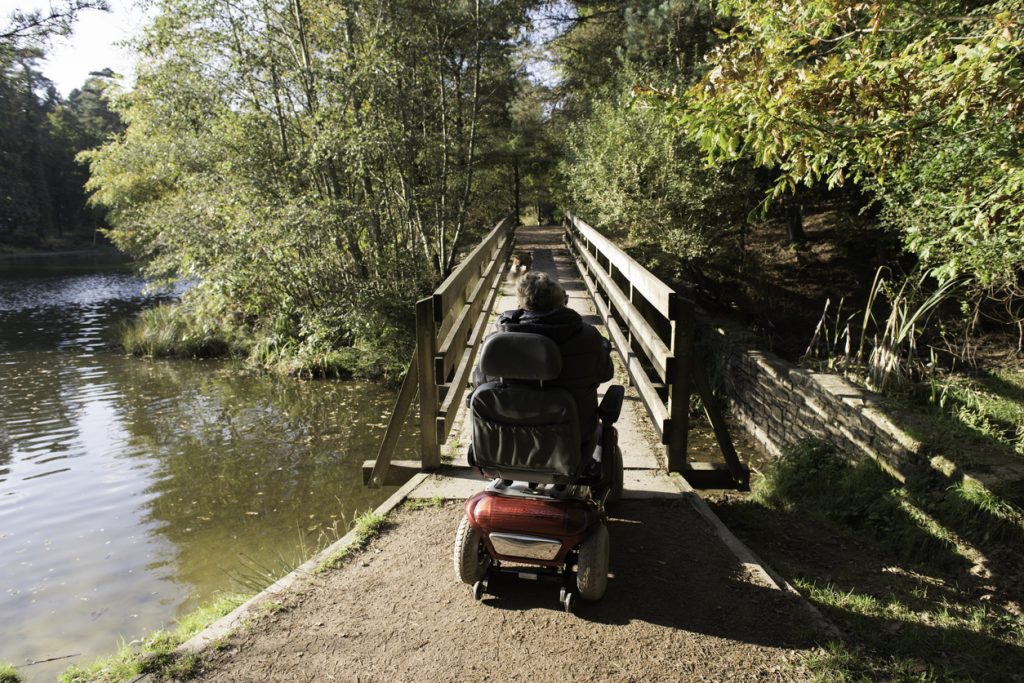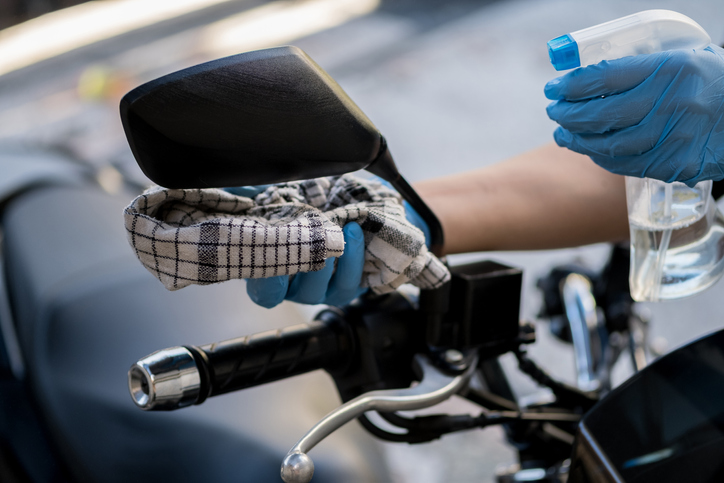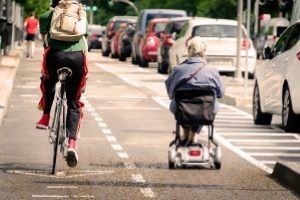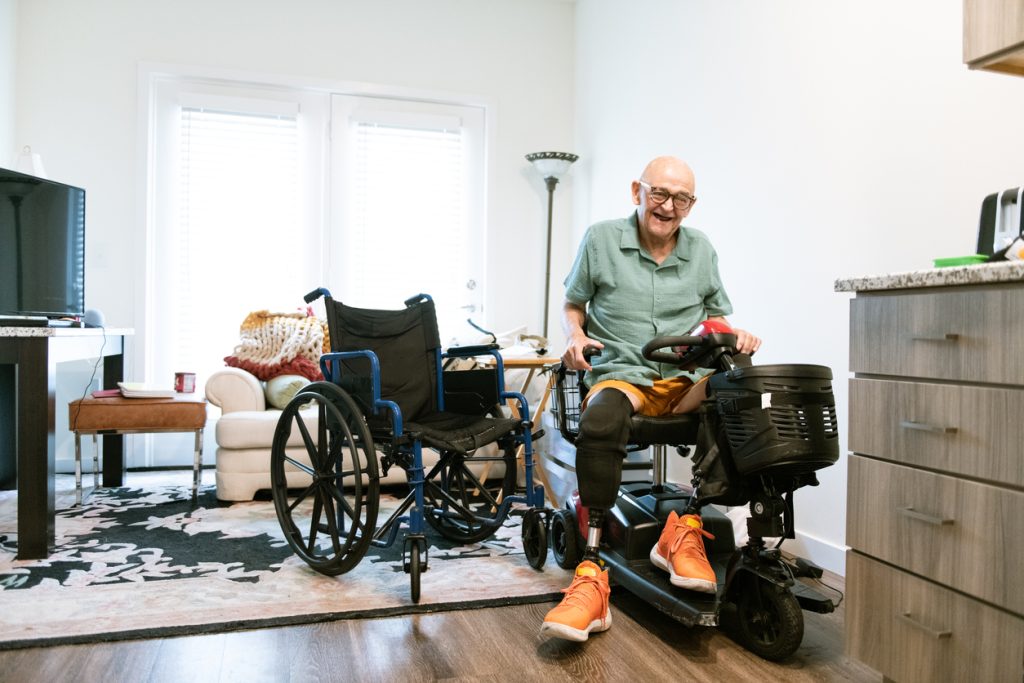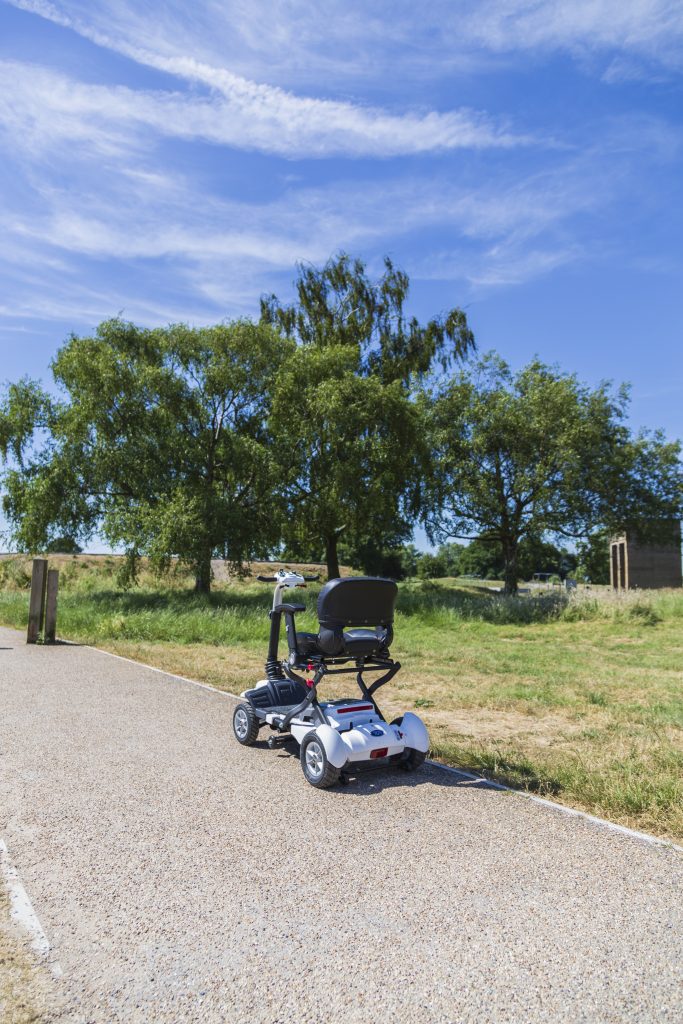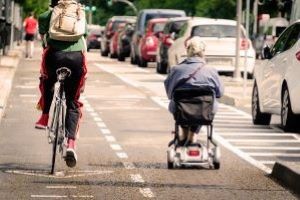Campaigners are calling for urgent updates to the Highway Code after new data has revealed Britain’s mobility scooter collision hotspots, highlighting the most dangerous areas for users.
Department for Transport (DfT) road casualty data revealed that the number of mobility scooter users killed in collisions on the British roads almost doubled in 2023 – with 16 fatalities, up from nine deaths in 2022.
The analysis, carried out by Surewise, has also shown that in 2023, Lincolnshire recorded the highest number of mobility scooter user deaths with three fatalities, followed by Nottinghamshire and Northumbria, each with two fatalities.
West Yorkshire, South Yorkshire, Dorset, Gwent, Cheshire, South Wales, Durham, Police Scotland and Lancashire each recorded one mobility scooter user fatality in 2023.
Surewise, a leading mobility scooter insurance intermediary, launched a campaign last month calling for the urgent addition of mobility scooter users to the Highway Code alongside other vulnerable road users.
In 2022, the Highway Code was updated to introduce a “Hierarchy of Road Users,” which places greater responsibility on those who can cause the most harm, such as heavy goods vehicles, while prioritising the most vulnerable road users, including pedestrians, cyclists, and horse riders.
However, despite their heightened vulnerability, mobility scooter users are not included in this hierarchy, leaving a significant gap in their protection.
In 2023, the Metropolitan Police recorded the highest total number of mobility scooter users casualties, with 24. West Yorkshire followed with 16 casualties, while Lincolnshire and Nottinghamshire each reported 15 and 14 casualties, respectively.
West Midlands recorded 14 casualties, alongside South Yorkshire, which recorded 13. Humberside and Merseyside both recorded 10 casualties, while Avon and Somerset and Thames Valley recorded nine.
The Safer Mobility Campaign is urgently calling for:
- Mobility scooter users to be added to the Highway Code: They should be added to the ‘Hierarchy of Road Users’ alongside other vulnerable groups, such as pedestrians, cyclists and horse riders.
- Right of way: Mobility scooter users should be granted the right of way at specific crossings and junctions, similar to pedestrians. Drivers must prioritise their safety and ensure they can navigate these areas without risk.
- Update outdated terminology: The law continues to refer to them as “invalid carriages” – a term widely regarded as inaccurate and out-of-date.
- Better overall publicity of the Highway Code: There is a significant lack of awareness among road users about the Highway Code, as there is no obligation for individuals to read it unless they are learning to drive. This lack of education leaves many unaware of the rules and responsibilities of road users.
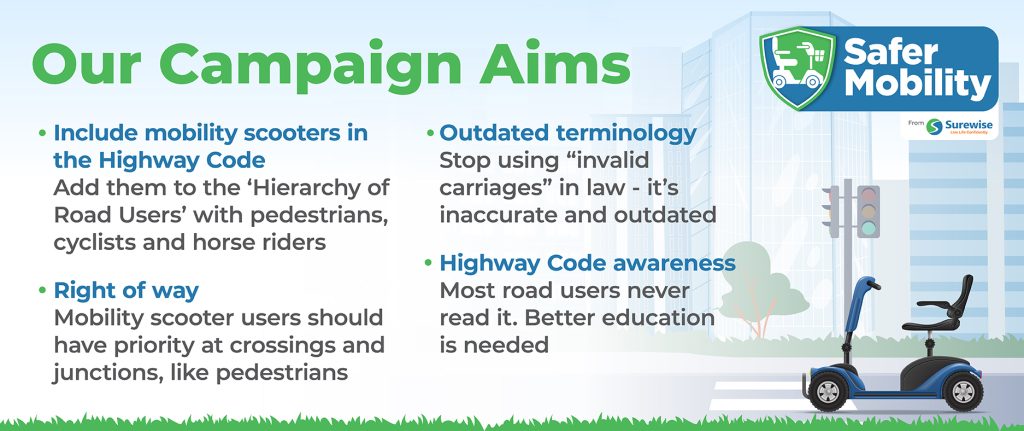
Richard Hannan, Director of Surewise, said: “It is essential that mobility scooter users are added to the Highway Code’s ‘Hierarchy of Road Users,’ alongside pedestrians, cyclists and horse riders, to ensure they are given the protection they deserve. They should be granted the right of way at crossings and junctions, just like pedestrians, with drivers prioritising their safety.”
He added: “There is also a pressing need for better education and publicity of the Highway Code. With no obligation for road users to read it, many are unaware of their responsibilities. We must raise awareness and ensure everyone understands the rules that exist to protect us all on the roads.”

